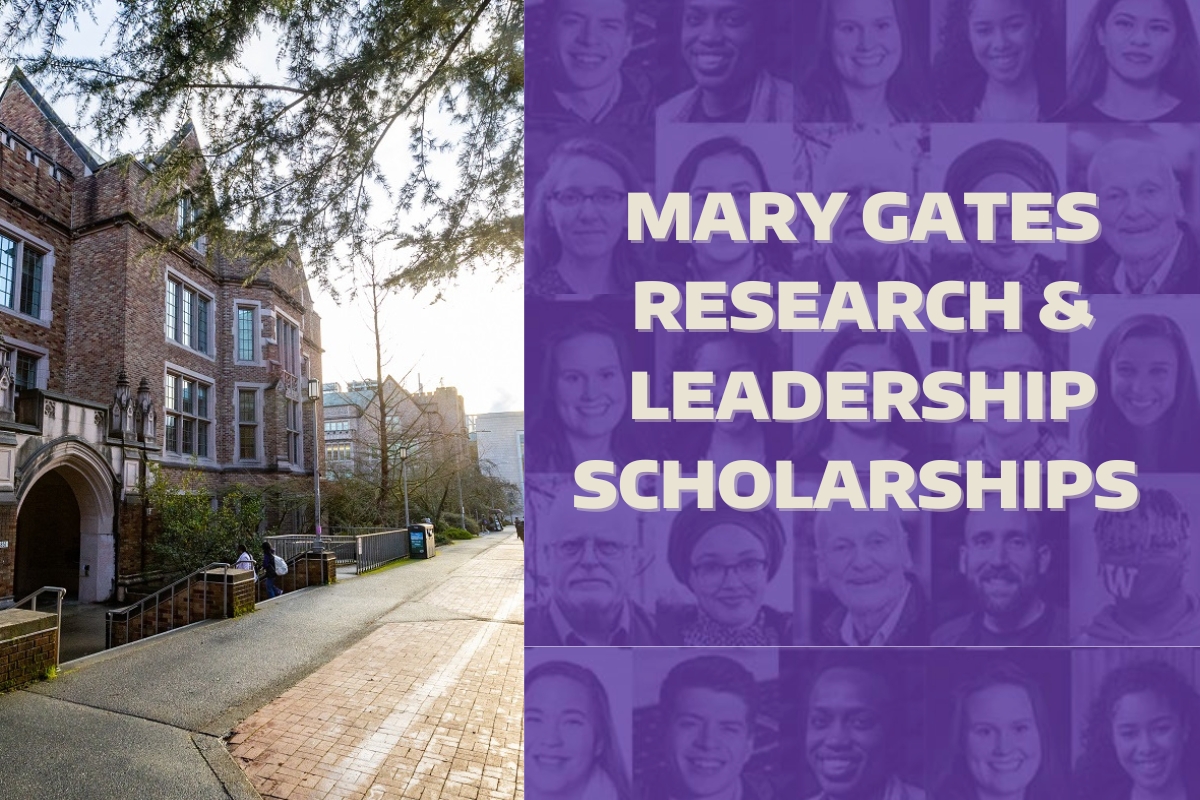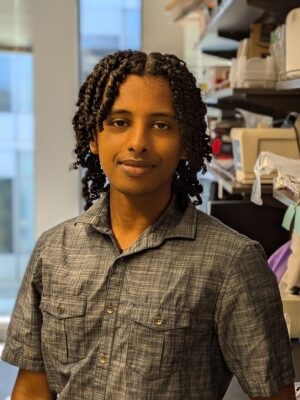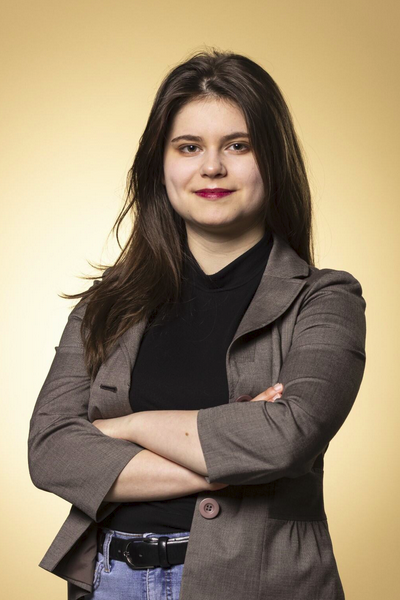Winter 2025 Mary Gates Awards Recipients

Congratulations to Bothell students Anna, Christian, and Kristiina for receiving the 2025 Mary Gates Endowment for Students in winter quarter. This scholarship provides $5,000 disbursed over two quarters and is intended to enhance the educational experiences of undergraduates while they are engaged in research guided by faculty.
Anna Elizabeth Ritchie
Award: Mary Gates Research Scholarship
Major: Physics (STEM)
Mentor: Dr. Paola Rodríguez Hidalgo, Physical Sciences
Christian Paulos

Award: Mary Gates Research Scholarship
Major: Biology (STEM)
Mentor: Dr. David Marcinek, Radiology
Comparison of Skeletal Muscle Force in Aged Three-dimensional Engineered Muscle Tissues and In Vivo Rodent Models
My research project focuses on age-related changes in muscle function. We have previously designed and used novel young and naturally aged in vitro three-dimensional engineered muscle tissues (3D-EMTs) using donated myoblasts from the Study of Muscle, Mobility, and Aging (SOMMA) to investigate this. A question raised in this research is how closely force measured in 3D-EMTs correlates to the in vivo force of intact skeletal muscle. To address this, I stimulated young and aged mice’s gastrocnemius muscles to contract (Aurora Instruments) measuring maximum force, contraction/relaxation kinetics, and fatiguability. Mice were then sacrificed, and hindlimb muscles were dissociated to isolate skeletal muscle myoblasts for cell culture. Myoblasts were amplified and used to generate young and aged rodent 3D-EMT. We tested in vitro 3D-EMT muscle mechanics using a Magnetometric Analyzer for engiNeered Tissue ARRAY (MantARRAY, Curi Bio). In vitro muscle force data was compared to in vivo force data from the same mouse. Results generated by this project helped identify the correlation between in vivo and in vitro force measurements and how they are impacted by age. This study also allowed us to bank multiple cell lines for future high throughput studies to utilize these rodent 3D-EMT models to study the progressive loss of muscle mass and function known as sarcopenia. The results from this project and the cellular models created will be used in the future to investigate potential targets for therapeutic interventions to treat sarcopenia in an ever-expanding aging population.
Kristiina Gaelle Tulleau

Award: Mary Gates Research Scholarship
Major: Mathematics (STEM)
Mentor: Dr. Joey Key, Physical Sciences Division
Developing MCMC Parameter Estimation Capabilities for EMRIs
The LISA (Laser Interferometer Space Antenna) mission is a joint NASA and ESA venture that will measure gravitational waves at frequencies that earth-based antennas cannot capture, such as waves caused by EMRIs (Extreme Mass Ratio Inspirals). Before LISA is launched in 2035, it is paramount to learn how to analyze the mission data. My research identifies successful MCMC (Markov Chain Monte Carlo) parameter estimation techniques for EMRI signal data. Using simulated LISA data and exploring a range of system parameters in Python, I implemented different MCMC parameter estimation techniques (number of walkers, parallel tempering, etc.) on different kinds of EMRI signals and measured the match between the injected and recovered parameters, as well as examined the likelihood and corner plots to optimize search strategies. With these preliminary results, researchers can better incorporate MCMC parameter estimation techniques for EMRIs into their analysis as they receive data not only from single sources but many overlapping sources at once to determine a “global fit”, which recovers likely parameters for all sources detected. Then, general relativity can be tested as any deviations from expected behavior could indicate gravity acts differently than previously predicted. Furthermore, learning about the population of supermassive black holes via their recovered parameters provides insight to their relationship to galaxy evolution.